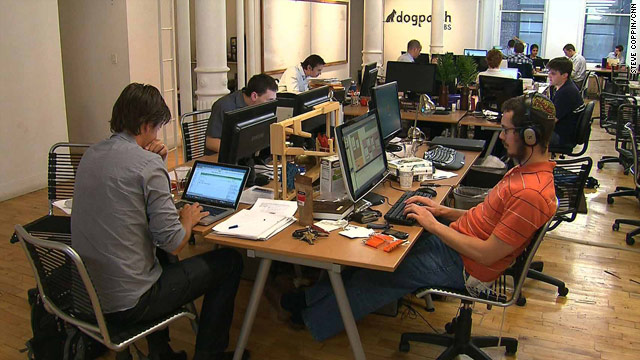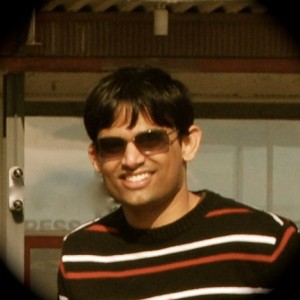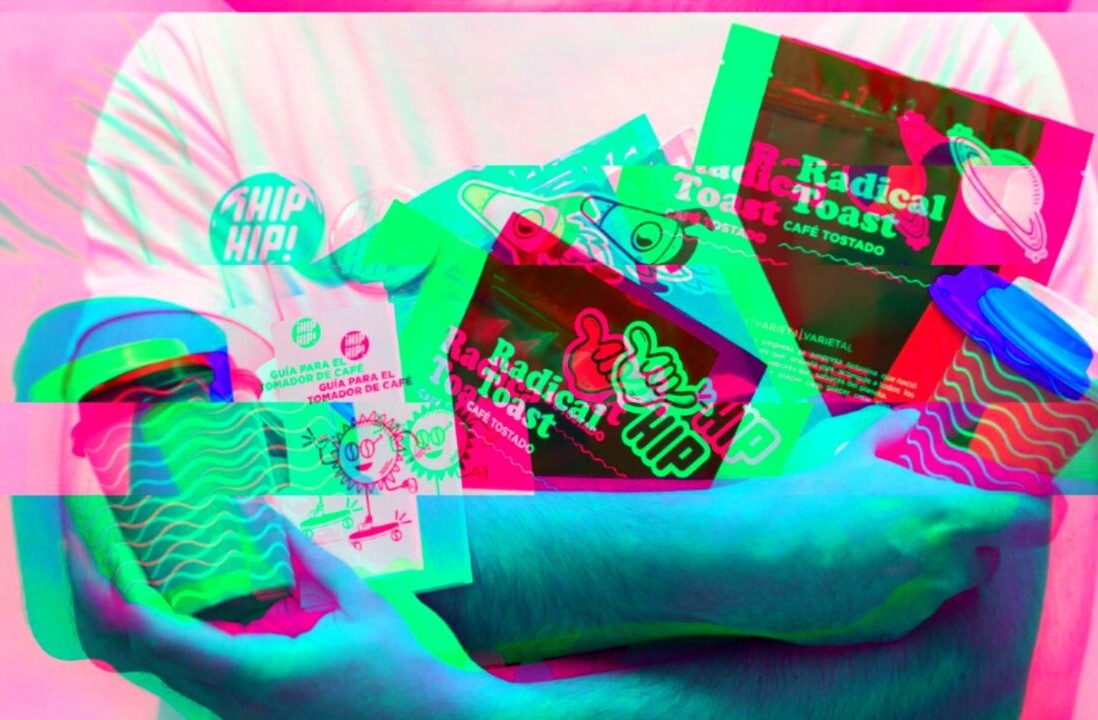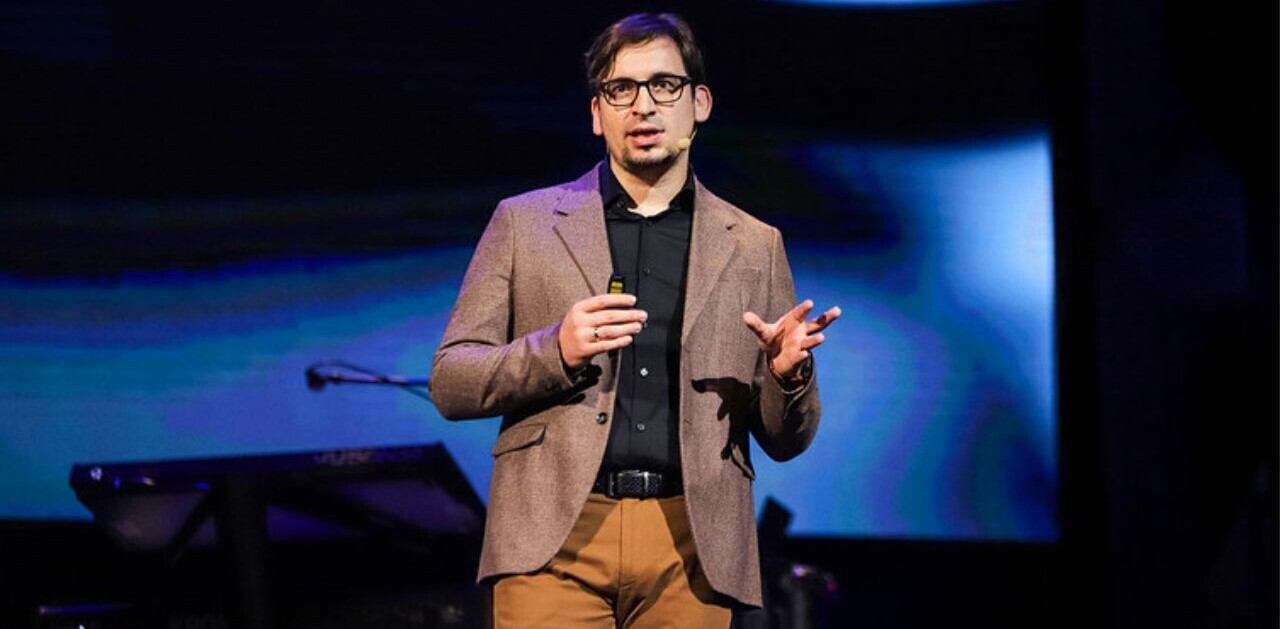
An interview with Aditya Sahay, co-founder of India based Radbox, who visited New York for a few weeks. He describes his experiences and lessons from the visit.
I was 30 minutes late for the interview, thanks to a shoddy Internet connection, and after I logged into my IM client, I’d already received a message from Aditya; enquiring “Are we on?”. I’d met him a few months back, and his no-nonsense personality comes fleeting back to me as I read those three words and realized he was on time, and I was late.
“I wanted (generally) to do a US trip – kind of explore if we can base ourselves there, and get some feedback and visibility”, Aditya says. He explains that most of his customer base is in the US.
“I visited TechStars in New York and worked out of their office for a couple of days as David Cohen’s guest. I spent good time with David discussing our idea, and attended some mentor talks – Fred Wilson, Gary Vaynerchuk, Brad Feld. It was an awesome experience to be in the same room as these people. It was like being a small time film maker in the same room as Spielberg!”, he exclaims. His excitement is evident through his words, to the point where he starts getting philosophical, “The visit actually had a very big impact on me.”
Well, what sort of impact? “From very negative to very positive”, he replies. “I met some other startups who are now competitors; I did not get into TechStars, and could not make up my mind on how to proceed, and whether we could raise any money depending on where we were at that stage”
It turned out Aditya and Radbox were not on a hockey stick curve. Since they were not based in the US, raising money was out of the question. Aditya goes on to explain why, “Investors have cities where they invest. They won’t give you a cheque to have you fly away half-way across the world, only to never meet again”.
“The thing with US is there’s a lot of noise too. They have all these happy hours, parties, events where everyone is talking a lot about making NY the next big tech scene. Then there’s this startup incubator bubble. Everyone and his dad wants to open a startup incubator.”
For Aditya, the highlight of the trip was demoing Radbox at the NY Tech Meetup. He adds, “And I was quite funny so a lot of people remembered me. ”
We have startup demos in India as well, don’t we? Aditya explains that there’s a big difference. “Startup events (in India) are more PowerPoint (and) less demo. Most (events) don’t even have Wi-Fi to demo! Hell of a difference! I had to demo here using prerecorded videos most of the time.”
“Demos help filter out signal from noise – I can do a one hour presentation on any topic under the sun. But to do a 3 min demo in NYTM (New York Tech Meet-up) we worked non-stop for the previous 40 hours,because it was a tiny window, and nothing should go wrong.”
He was really inspired by the incubation system there. He realized that whatever they’re figuring out through first-hand experience in India, was already prior knowledge there. The American startup founders were standing on the shoulders of giants.
“Also, I was working out of Dogpatch Labs; so I got to hang out with a lot of cool startups. And I met just about everyone in the tech scene. I would totally open a Dogpatch Labs here! Doing a startup is lonely and I think physical incubation (not just real estate, but co-working + mentorship + guests) is a great model worth replicating. I got opportunity to hear and even meet someone like Mark Suster thanks to Dogpatch Labs.”

At any point, did he feel he was doing stuff the wrong way, as an Indian startup? “Lots !”, he exclaims. “Not moving fast enough; trying to bootstrap without being very wealthy; Not building a team before building a product and not having the right advisors on board”
Aditya explains that the primary mistakes they made while working on Radbox were not growing their user base fast enough, and not shipping mobile apps sooner. Just the two co-founders doing everything turned out to be a big bottleneck. Radbox required at least a couple of more employees, to move 2-3 times faster. (Hint: They are currently hiring.)
The second major mistake turned out to be the choice to bootstrap. It turned out that time was more valuable than money. They never factored funding in their plan, not thinking far enough. As startup founders, they had too much on their plate on a daily basis, that they forgot to step back and look at the larger picture. He says, “If I had Rs. 50 Lakh today, I would’ve spent it on a team – hire great developers, designers and even a community manager – be a team of 4-5”
He reminisces, “The goal should have been maximising opportunity, not minimising loss/risk – which had been our thought process.” He explains that in the US startup scene, funding is obvious like food, nobody thinks about it. Its not really a ‘decision’. Startup founders in the US think about their product and funding, whereas in India, people don’t really think about funding too much. There’s very little money in the early stage (pre-revenue) startup in India
Surely while visiting US he went crazy asking himself, “Why the hell am I not here?” after he met all those awesome VCs/angels. He replies, “I was born in the wrong country :)”.
So is it realistically possible to replicate these early-stage VCs in India? Aditya goes on to say, “Basically we should have on board someone who understands the industry well, and has experience working with startups – so if a startup here can find someone who’s like that for their market/industry they should do it. This, again something we never thought of, just like funding. We learnt most stuff first hand when we should have learnt half of it from other people’s experience”
I think aloud whether Indian startups often underestimate importance of funding and advisors? He is quick to correct me, “We don’t underestimate. We are culturally so different that we probably don’t give it much thought. Like an American will not think about arranged marriage which is so natural here. Its a cultural thing. Funding, advice is not a part of the culture, doing a startup in itself is not a part of the culture.”
 So what does he think about the oft-predicted startup boom about to come to India? ” (It) seems overoptimistic, if you actually see a boom like I did (in New York), and I wasn’t even in the Valley. On the other hand, I think the ‘bubble’ or whatever in US is not here (in India) which is good.”
So what does he think about the oft-predicted startup boom about to come to India? ” (It) seems overoptimistic, if you actually see a boom like I did (in New York), and I wasn’t even in the Valley. On the other hand, I think the ‘bubble’ or whatever in US is not here (in India) which is good.”
I spring back to the topic of early stage VCs. What if there were more of these guys in India, would it help the ecosystem? Aditya conforms, “Well, here’s the deal – Let’s take a typical profile – a guy who’s done 2-3 startups, one which was a big success, one a failure, one maybe moderate success. This guy has wealth, loves startups, has wealth of experience, strong network, knows what works and what goes wrong. We need a 100 of these guys right away. But i think we can’t even count 5, or if they exist then no one knows about them.”
So where does Aditya think these entrepreneurs are going, the people who exit successfully in Indian startup area? His answer shocks me. “I don’t know if there are successful exits in India.”
Like, none whatsoever? He clarifies, “If you raise a huge amount of money, you have to give a a significant return on investment to your investors to qualify as successful.” So, just making an exit with a big amount of money may look like a success on paper, but you have to go into the details to make sense of how successful the exit was.
“Consider an example from the US. YouTube bought Next New Networks for 40 million USD, looks like a success to anyone who reads it, but investors made about 1.5x, which dampens the whole theory. It has to be taken in perspective”
So, what’s next for Radbox? “Part of the plan is to establish (a) US presence too, to build a bridge to all the good stuff there that we might miss out otherwise. It is a better model than being isolated and trying to do well halfway across the world, but in the end we don’t know what could work until it actually works. There are startups here (utilizing that model) that are doing well: Slideshare, Wingify”
The future looks bright for Radbox, and Aditya and his co-founder, Tarun are sufficiently motivated. “We have a solid plan in place now, which was missing (earlier). The plan is not just a product plan, which we had all along, but a plan for us as a company,and we’re going to execute on that.”
The trip to the US was a big eye-opener, and he suggests other startups do the same if their customers are in the US. So, what advice does he have to offer to the Indian startup ecosystem?
“Startup events: should only allow real working demos. We need real entrepreneurs. Powerpointpreneurs and Excelpreneurs are not needed. They should also provide wi-fi to allow us to showcase products and demos !”
“VCs and angels: Call them angels or whatever – these guys can help push the startup scene and they’re not here. ”
“Indian startups: Don’t make the mistakes we made! If you’re too far from good revenue, explore funding opportunities, move fast, build a team ASAP and have advisors who can add outside perspective. “
Get the TNW newsletter
Get the most important tech news in your inbox each week.




